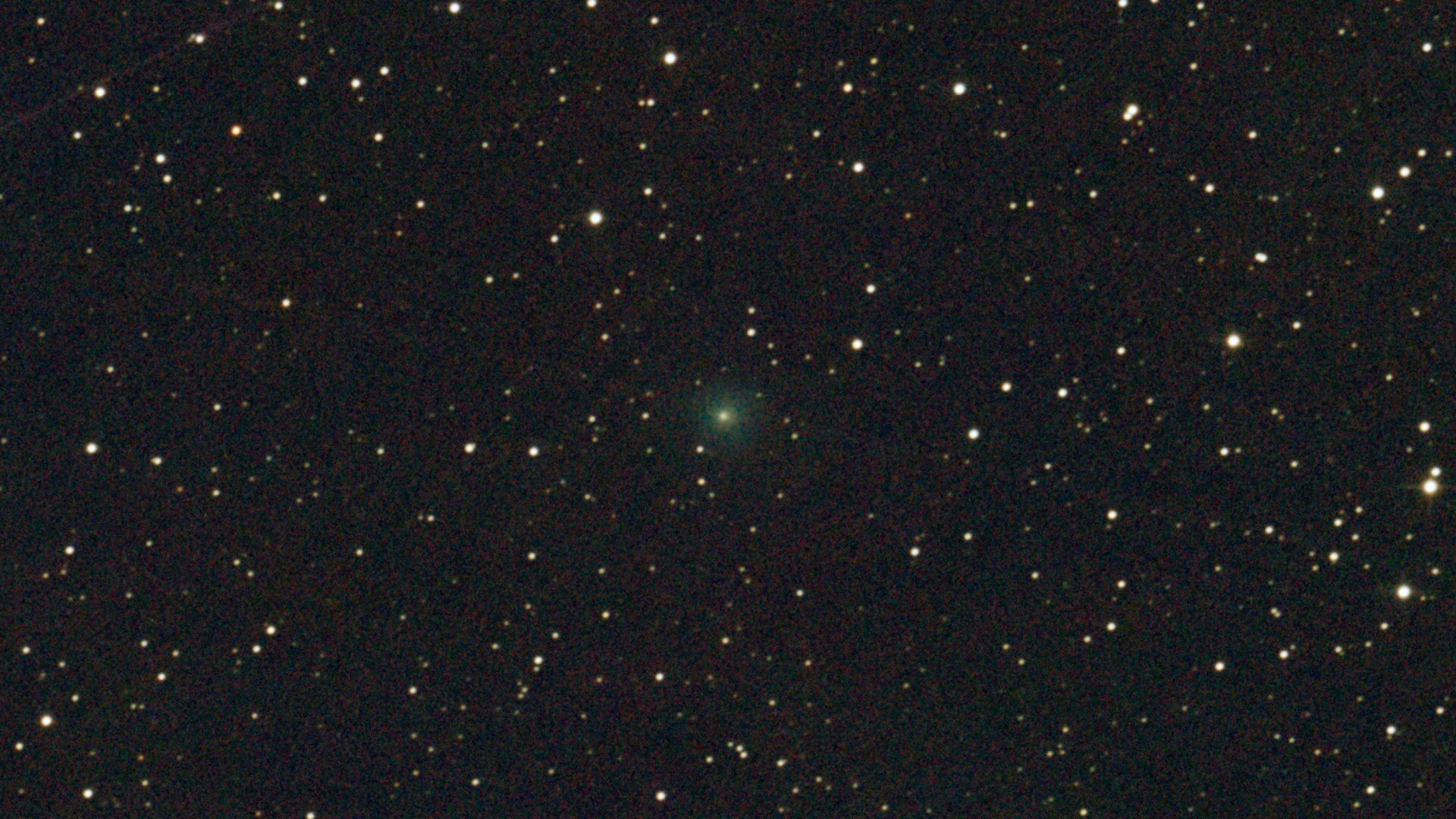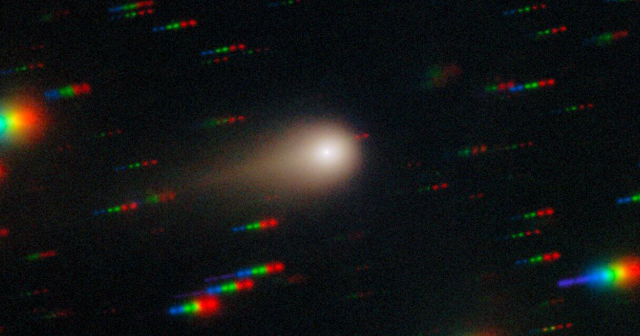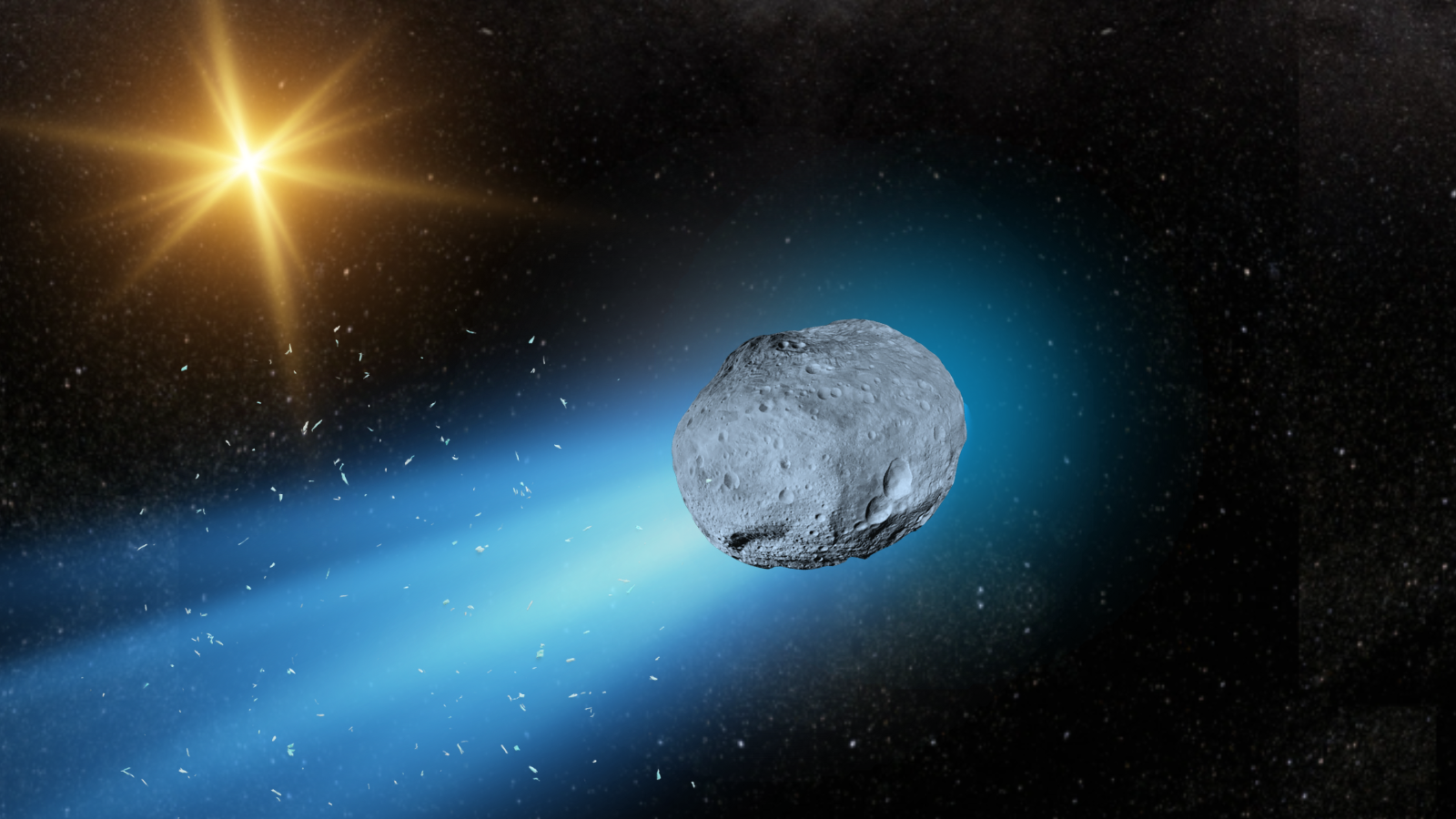Get the latest Science News and Discoveries
ʻOumuamua, Stranger than any comet we’ve seen.
We present the first attempt to fit the light curve of the interstellar visitor `Oumuamua using a physical model which includes optional torque. We consider both conventional (Lommel-Seeliger triaxial ellipsoid) and alternative ("black-and-white ball", "solar sail") brightness models. With all the brightness models, some torque is required to explain the timings of the most conspicuous features -- deep minima -- of the asteroid's light curve. Our best-fitting models are a thin disc (aspect ratio 1:6) and a thin cigar (aspect ratio 1:8) which are very close to being axially symmetric. Both models are tumbling and require some torque which has the same amplitude in relation to `Oumuamua's linear non-gravitational acceleration as in Solar System comets which dynamics is affected by outgassing. Assuming random orientation of the angular momentum vector, we compute probabilities for our best-fitting models. We show that cigar-shaped models suffer from a fine-tuning problem and have only 16 per cent probability to produce light curve minima as deep as the ones present in `Oumuamua's light curve. Disc-shaped models, on the other hand, are very likely (at 91 per cent) to produce minima of the required depth. From our analysis, the most likely model for `Oumuamua is a thin disc (slab) experiencing moderate torque from outgassing.
None
Or read this on r/EverythingScience


